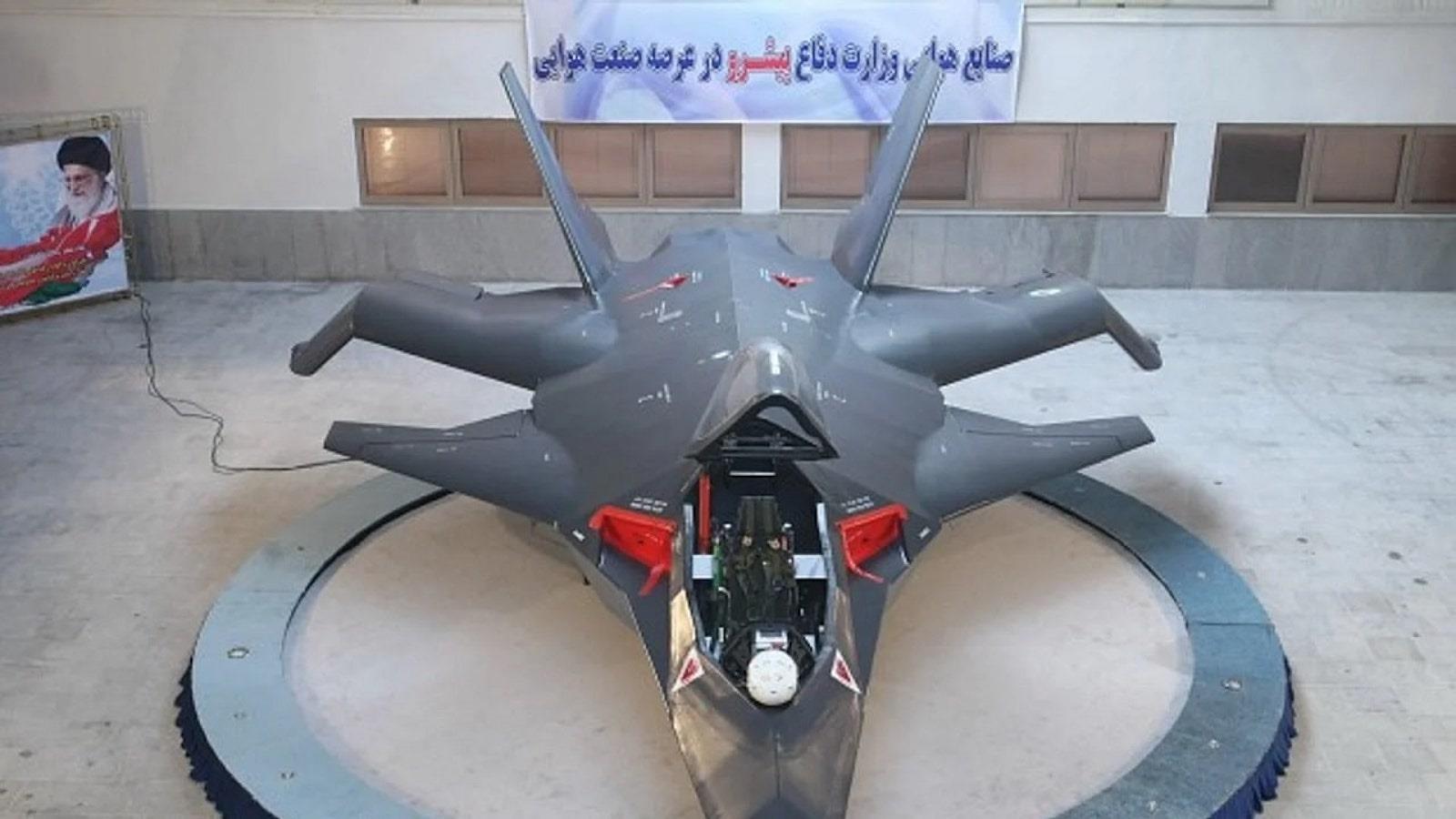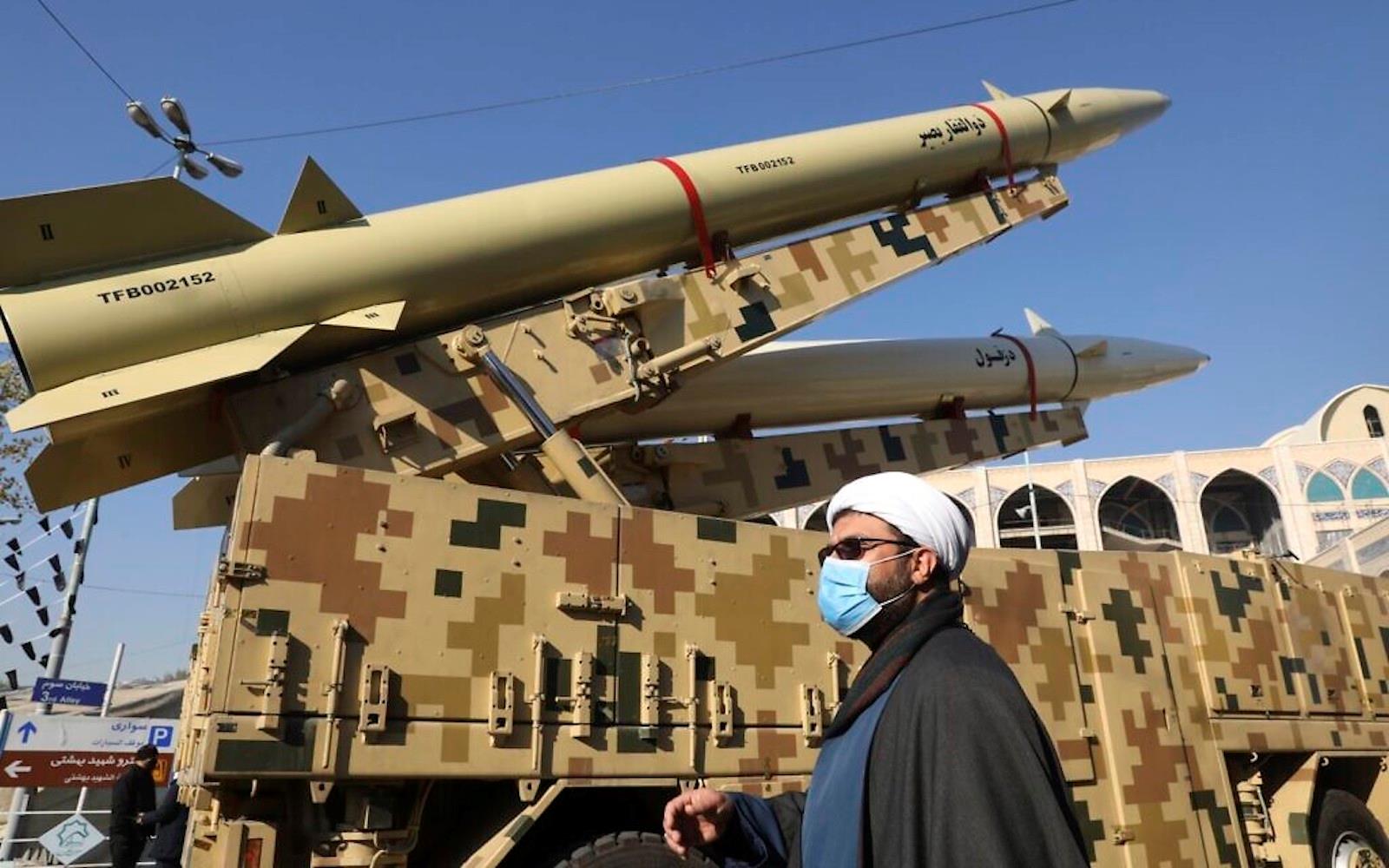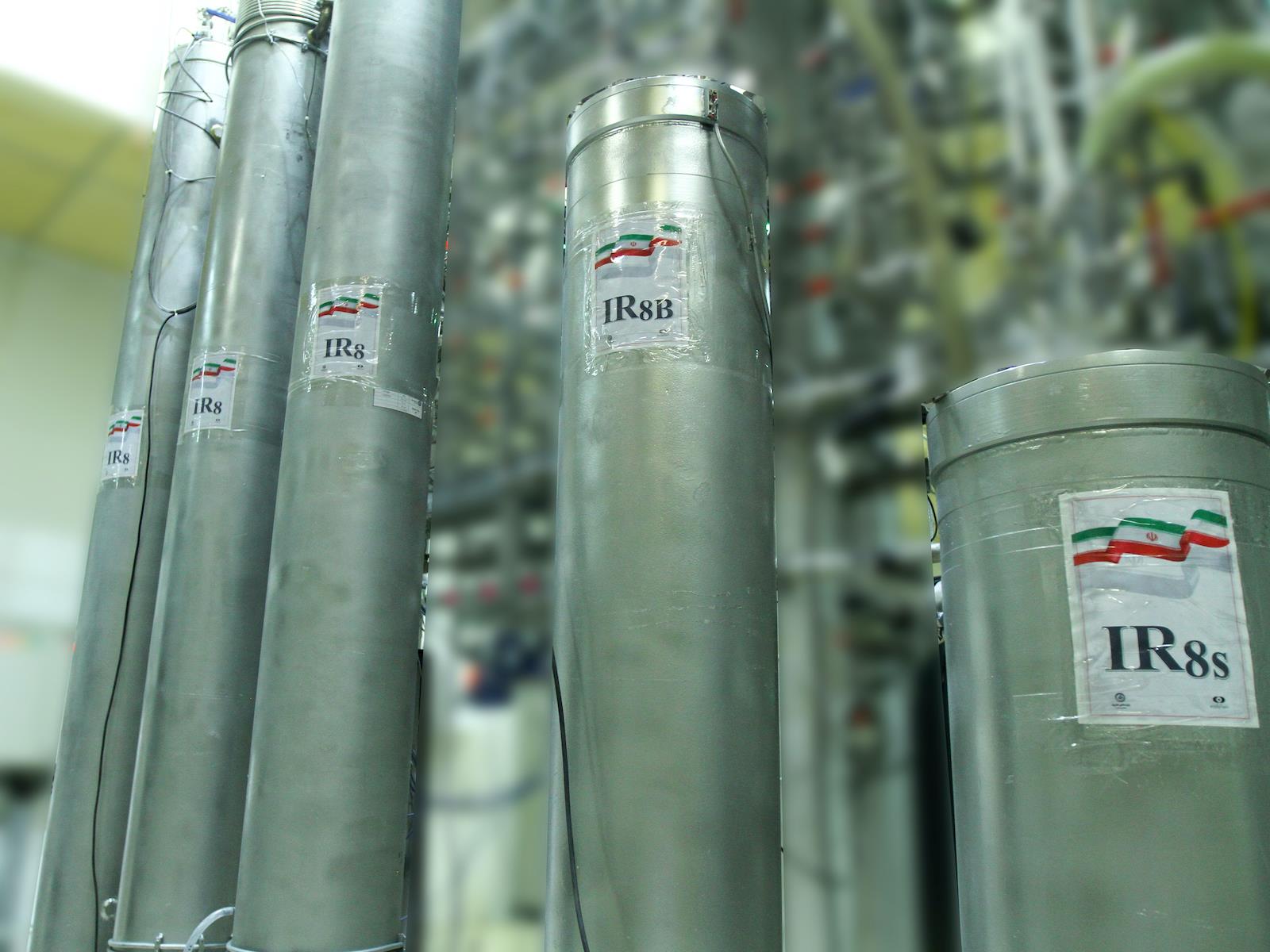(MENAFN- Asia Times) Iran appears to have developed a hypersonic weapon using Russian technology acquired in exchange for weaponry it has provided for Moscow's struggling war in Ukraine, a military quid pro quo that if true will raise antennae in the US and among its strategic allies.
that Iran had built a hypersonic weapon capable of evading and hitting advanced enemy air defense systems.
According to Iran Revolutionary Guards Corps (IRGC) General Amir Ali Hajizadeh, Iran's hypersonic weapon represents a significant leap for its missile program. He boldly claimed the new weapon can maneuver in and out of the atmosphere, can penetrate all known missile defense systems and that adversaries won't be able to develop sufficient countermeasures for decades.
However, that there are no known reports that Iran has ever tested a hypersonic weapon and that although it has a vast domestic arms industry the Islamic Republic is known for exaggerating its military capabilities.
One case of that exaggeration is Iran's Qaher-313 stealth fighter jet, which Western analysts have largely dismissed as fake.
identifies several giveaways that show Iran's Qaher-313 is just a large mock-up, including its very basic flight instruments, lack of cockpit wiring, a nose section too small to fit any radar, extremely small air intakes and that the lack of an engine nozzle that could cause the afterburner to melt the plane.
He also notes that even if Iran released , it appears to be a remote-controlled scale model and that if the jet actually flew Iran would have released footage of its take-off and landing.

Iran's Qaher-313 on display. Critical questions have been raised about the jet's claimed capabilities. Image: Facebook
International observers should thus take Iran's claims to have developed a hypersonic weapon with a grain of salt. Nevertheless, Iran continues to build a massive missile arsenal and developing a hypersonic weapon may be within its priorities and capabilities.
, J Matthew McInnis says that Iran's ballistic missile force is the core of its deterrent strategy and that no part of Iran's defense industrial complex has had as much investment or focus.
McInnis also notes that China, North Korea and Russia have been assisting Iran with its missile program and it may be attempting to develop intercontinental ballistic missiles (ICBM).
However, he says Iran still struggles to make its missiles accurate enough for offensive use, as it fails to develop an adequate stabilization and precision guidance package for its missile forces. Iran may thus have requested a quid pro quo in its strategic partnership with Russia, trading in military materiel assistance for hypersonic and technical nuclear know-how.
on Russia's initial plans to acquire drones from Iran. This move was most likely driven by the need to quickly replace battle losses, a lack of advanced drones and limitations in Russia's own drone industry.
Moreover, Iran's substantial knowledge of drone technology and well-established network for evading sanctions targeting weapons components may have given Russia extra incentive to acquire drones from Iran.
In addition to drones, in August on the launch of Iran's indigenous Khayyam imaging satellite, which may be, in fact, a Russian Kanopus-V satellite with high-resolution imaging cameras. Russia may also seek to use the Khayyam to monitor Ukrainian military activity and spot targets, a possibility that Iran has vehemently denied.
The Ukraine war, however, has highlighted Russia's military satellite deficiencies. , Pavel Luzin notes that while Russia has 102 military satellites in orbit, it has been unable to eliminate Ukraine's military infrastructure, aviation and air defense facilities due to a shortage of open optical and synthetic aperture radar satellites and lack of communication satellites and terminals.
Hence, it is plausible that Russia may look to Iran to supplement its satellite capabilities. Moreover, Iran may be supplying Russia with ballistic missiles to replenish the latter's depleted stocks.

A cleric walks past Iran's Zolfaghar, top, and Dezful missiles displayed in a missile capabilities exhibition by the paramilitary Revolutionary Guard. Photo: Facebook / Defense Express
that Iran is planning to send its first shipment of Fateh-110 and Zolfaghar short-range ballistic missiles (SRBM) to Russia, whose missile arsenal has been largely expended in Ukraine and is hard-pressed to replace the costly munitions due to its surprising reliance on Western-made microchips now blocked by sanctions.
Although Russia has taken steps to replenish its dwindling missile stocks, it may need to move faster depending on the course of the war.
Given the substantial assistance Iran has given Russia for the Ukraine war, Tehran may be calling in favors from Russia to assist in its hypersonic weapons and nuclear programs.
, Robert Galluci notes that Russian assistance was critical in shortening the time Iran was able to develop, manufacture and deploy medium-range ballistic missiles (MRBM), with presumably some qualitative improvements.
Galluci mentioned that Russian assistance could allow Iran to progress in making intermediate-range ballistic missiles (IRBM) or even ICBMs. In the same book, Robbie Sahel noted that Iran needs Russian rocket engine technology to build longer-range missiles and that Russian companies and entities have aided Iran's missile development project, with implications for developing hypersonic weapons.

This file handout picture released by Iran's Atomic Energy Organization on November 4, 2019, shows atomic enrichment facilities at the Natanz nuclear power plant, some 300 kilometers south of the capital Tehran. Photo: AFP / Atomic Energy Organization of Iran
In terms of Iran's nuclear program, that US intelligence officials believe that Iran has been asking Russia for help to acquire additional nuclear material and nuclear fuel fabrication to power its reactors and shorten its breakout time to create a nuclear weapon.
Although the source mentions that the nuclear proliferation risk depends on which reactor the fuel is used, it is unclear whether Russia has decided to help, as it has been, at least on the surface, opposed to Iran obtaining a nuclear weapon.
If proven, Russia's assistance will help Iran achieve a nuclear latency strategy, which seeks to obtain the capabilities needed to assemble a nuclear weapon on short notice. In this strategy, Iran can technically claim it does not possess nuclear weapons but has the technology, resources, materials, and delivery systems to assemble them quickly if and when the need arises.